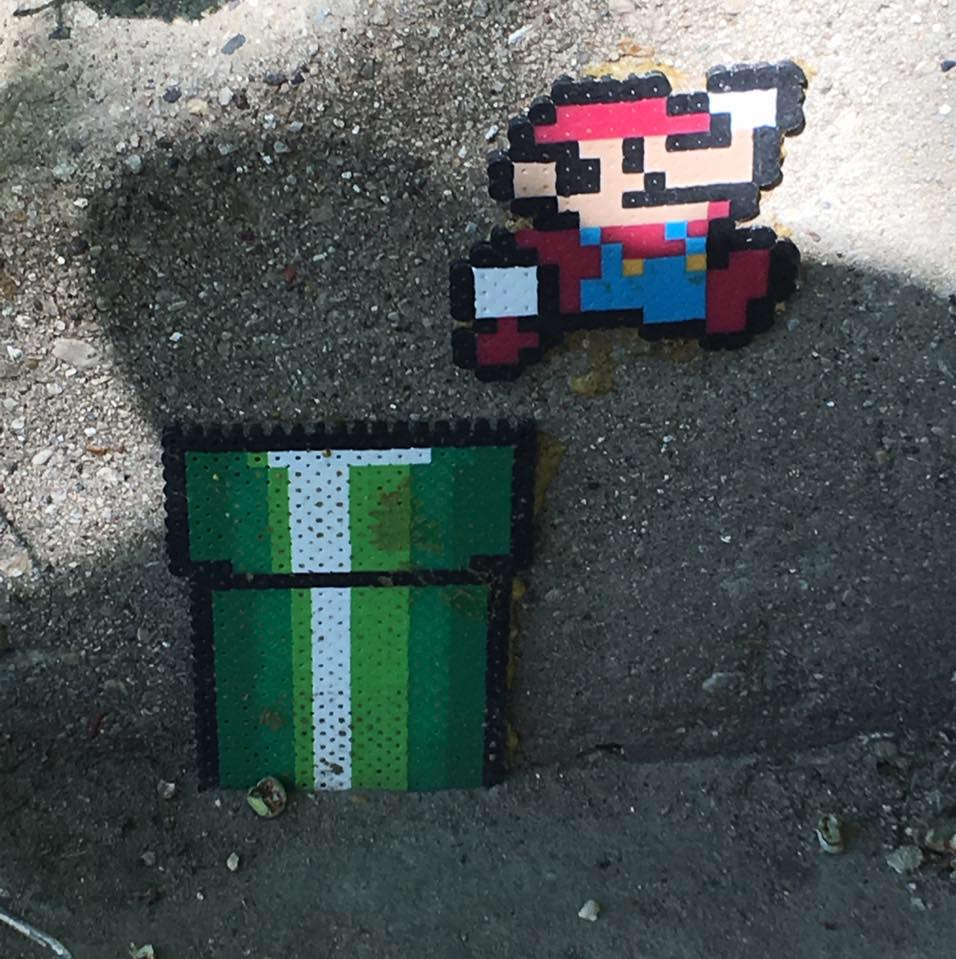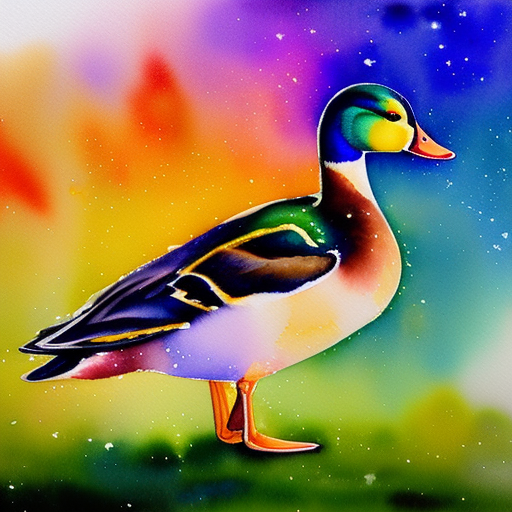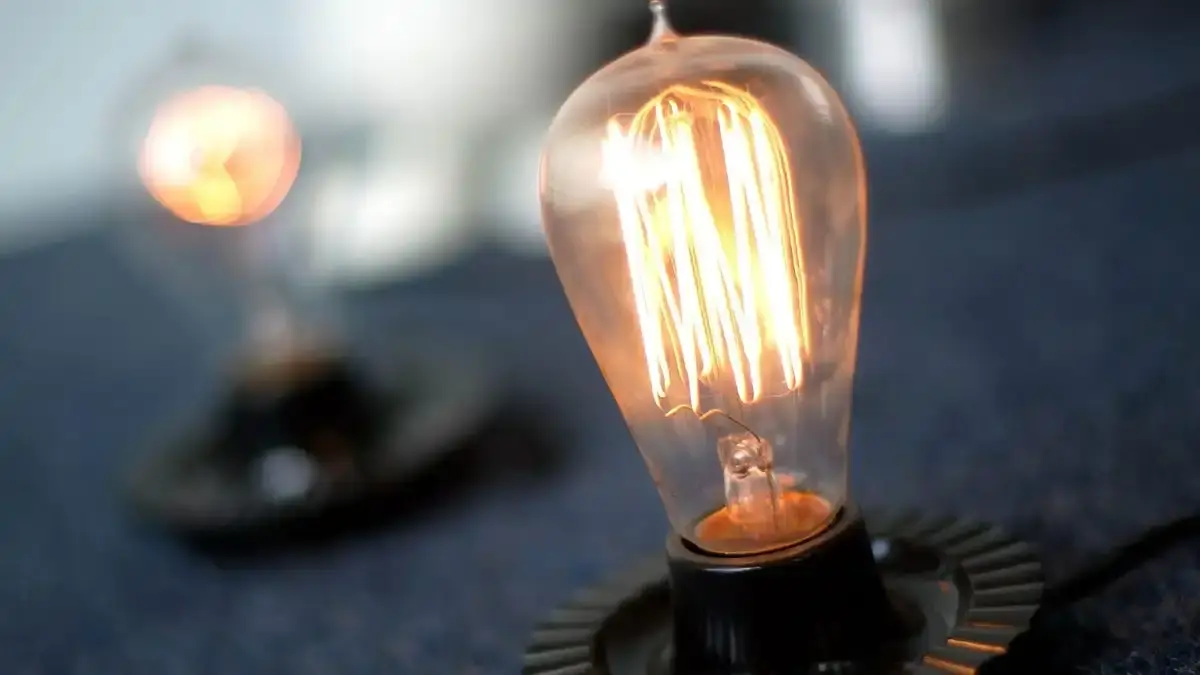The Biden Administration’s rules seek to make lighting cheaper and less polluting

It’s not super extreme for those that haven’t read the article. Technically it bans everything less efficient than 45 lumens per watt if it’s over 310 lumens. This typically translates to most “60W” bulbs and up.
This means a lot of appliance bulbs, small candelabra fixture bulbs, and things like lava lamp bulbs that need the heat to function are going to stick around for the foreseeable future.
Im glad this is happening now since LED tech at this point looks better than incandescent if you spend enough (like $3 bulb). If this happened 5 years ago like planned it would have been a small disaster.

LED looks better and you can do silly shit like change the color of every light in your house because why not?

Only with RGB LEDs, which cost quite a bit more.

They last forever though. I have hue bulbs I bought prob around 12 years ago that still work.

Honestly, this is very annoying for me as I use an incandescent bulb to keep my well pump just above freezing during the winter months. It’s going to be a huge pain finding a low power heater as a replacement. Most of what I’m finding are made for submersible use for things like fish tanks and burn up if not used underwater.
The new rule bans the manufacture and sale of inefficient “general service lamps,” which largely refers to the standard kinds of light bulbs you’d use to illuminate your home. Most incandescent and halogen light bulbs fail to meet these new energy efficiency standards, and are therefore banned by the rule.
The U.S. Department of Energy (DOE) has carved out exceptions for many different kinds of light bulbs in its ban on the manufacturing and sale of energy inefficient light bulbs.
“It does not ban the sale or manufacture of ALL incandescent bulbs, just those common household incandescent (and other) bulbs that are not energy-efficient,” the Environmental Protection Agency (EPA) says of the new ban. “Many bulbs, including specialty bulbs, three-way bulbs, chandelier bulbs, refrigerator bulbs, plant grow lights and others, are exempt from the law’s requirements.”
If it’s supposed to just produce light, but is wildly inefficient and disposable, banned, since we have vastly superior tech for that, and have for a while.
If it’s actually got a purpose, like heating things at a specific level, that is not a lightbulb, that is a heater and/or a light.
Get a million hour low power led light, and a super low power radiant heat coil. You’re already paying a bunch of money and making a bunch of trash, just buy them once now, all y’all hillbilly mechanics.
I get the usecases, most of them are absolutely valid. But with the need, eventually comes a solution.
To doricub @doricub: if you believe it’s a widespread issue, you could be the first to design and sell energy efficient and durable, low-cost solutions to this problem. With problems, come opportunities. Help the commonwealth, make some profit. Just be real and don’t inaccurately misjudge the demand and potential and make either really cheap crap or really expensive stuff. Check out copyright law in your region and internationally, and investigate the problem and possible solutions, science is your friend. I hope you make something cool.
After highschool, one of my best friends had a 4runner that he built up in the marine corps on the east coast. He was a mechanic. When he drove back to the west coast, where we live, that thing was stored in his dad’s backyard for like two years under a blue tarp. He kept a (incandescent) work light on an extension cord in there, and it effectively kept the thing clean and dry. I later helped him rebuild that 22R motor over a week in the snow and learned a ton. That was such a cool experience that I’m really thankful to have.
My point is, there are needs all over. Yours is, most likely, totally valid. But, technologically, we gotta go forwards, and honestly, you could be a step forwards with that. You’ve said you can only find things not meant for what you want? That’s FANTASTIC. Buy a few incandescent bulbs now, to hold you over, but start researching a solution that fits. I know a lot of this stuff requires some investment, but that’s the ACTUAL point to copyright law. Seriously, I hope you do this and make it work. That would be awesome to see. You can absolutely do it, it really isn’t hard to design something, and find fabrication plants to make parts and send them to you, then sell your COPYRIGHTED goods (for the love of god, look up basic copyright law) at a profit to people that need them. I hope you AT LEAST make back your time and resource investment.
Also, there are a few main ways to advertise. Because once you get your product made, you’ll have to show THE RIGHT PEOPLE THAT IT EXISTS AND THAT THEY NEED IT AND HOW TO GET IT;) (big, overly-obvious wink).
Good luck.

ok this is good. I was a bit worried about reptile lights that need the heat and certain light spectrums.

Pipe heating cables are easy to find at hardware stores or online. You can use them to wrap poorly insulated pipes in the winter to avoid them freezing.
I’m guessing something like this would work for you and last a lot longer than a bulb anyway.
https://www.amazon.com/WRAP-Pipe-Heating-Cable-Built/dp/B0002YWMM8

Wont that use the same amout of electricity as a 60w light bulb, but with the added annoyance of it not just screwing into the place the light bulb was?
How is it any better than just using a light?

I am no electrician, but this looks to be applicable to longer sections of pipes. Instead of the heat being focused to just the areas reachable by visible light, this would allow for thawing around bends, longer distances, tighter / smaller spaces, etc.
It still uses power to generate heat, but that 60W will likely be way more efficiently applied to pipes. Bulbs will be quite lossy because heat goes through the air to reach nearby pipes (and any other nearby objects), whereas this is physical wires applied directly around said pipes.

Conduction vs Convection, yeah. Conduction is going to be way faster / more efficient.
Might even be able to put it on a variable switch and build some logic with a raspberry pi so you don’t need all 60w.

To step back a bit, don’t you consider it annoying that you need to heat pipes full of water and the best solution they could come up with 70 years ago was to add a lightbulb socket several feet away from the pipes?

You can purchase a heat lamp instead, as it’s designed for the purpose you describe. They’re larger in diameter, but they fit in a standard light socket.

When I had a well house, I used a ‘brooder’ lamp bulb. They’re pretty easy to find. The ones for reptiles are usually around 150 watts. The ones for birds are a bit more wattage and possibly overkill depending on your region and how well insulated your well house is.

Yeah I remember when they largely stopped being a thing in the UK and for a while we put up with those crappy CFLs that took ages to warm up and had a bleak colour temperature. Modern LED bulbs are fantastic though, my ones even look like old incandescent bulbs.
I do miss the old low-pressure sodium street lights though, the yellow light that ate the colours out of everything was such a cool aesthetic and there’s got to be generations of British kids with a core memory of reading a book in the back of the family car at night by it.

My Hue bulbs cost like $15 but god damn I love them. Every ceiling fan in my house is now dimmable from my phone. My game room has lights that I can change the colors of to make my DnD games more immersive. And since they’re LED they’ll probably last for ages.

Yeah they really are a big quality of life upgrade. Being able to shift your lights to a nice warm color and dim them all instantly is amazing. Makes the house so much cozier at night. Every time we do it, it’s and instant mood shift.

It made it a lot easier for me to sleep, too. Being able to go from “lightly lit and more cool” to “very little but quite warm” light about an hour before bed helps my brain figure out that sleeping should be done at night.

Yep totally it’s a great wind down towards bed

While I generally like them, in the lamp in my main room, which has 3 sockets, they are very audibly humming (Philips).
Still insane going from like regular 40W bulbs to something like 13W LED bulbs, which are about as bright as regular 100W ones (it says 1521 lumen). It’s such a stark difference in brightness while eating just a fraction of the previous wattage.
For some reason LED bulbs in my condo start flickering and die after only a few months of use. No idea why, but I actually switched back to incandescent because throwing away so many LED bulbs is more inefficient than running higher power bulbs.
Sounds like your condo may not have properly grounded power, some of mine flicker for that same reason. Have you tried CFLs? Not as nice light but it might solve your issue.

Yeah, those worked fine, but all the stores around me stopped selling them. I can only get LEDs, or I can get decorative style incandescents, so I’ve been buying the latter.

CFLs will be banned by 2024, however. Keep that in mind.

Check the enclosures. LED lights have controller boards that have to be cooled, lest they burn up. Some enclosures are just not compatible with LED bulbs or you may need a different style. You might consider halogen. They’re still incandescent but far more energy efficient and, unlike CFLs, they don’t require s hazmat suit to clean up when they break.
That said, CFLs are pretty awesome little feats of engineering too.
Check out the Technology Connections YouTube page. Dude has a few videos on lighting you might benefit from having watched.

They managed to go faulty in a free standing lamp without a shade, just completely open, so I don’t think heat is an issue; something in the wiring must be messing with them.
I have used some halogens, but I haven’t found many I like the light of. Might try some others to see how they look.

Lol when I was reading the first bit of your comment, I wondered “hmm, does this person also watch Technology Connections”?
He’s also where I get all my knowledge of light bulbs from. He makes it all so fascinating.

Amazon sells them, as of now.

Amazon would sell small children, if they weren’t considered “perishable”.

As long as I get to keep my flicker flame candelabra bulbs, this is good news lol. Nothing compares to those intentionally defective incandescent flames in the LED market tragically. Just something warm and sciencey about seeing the electricity bounce around before your eyes.

If we’re talking about the same thing you should be fine, I’m not sure how the flickering works exactly but they’re pretty much little neon sign lights. They have more in common with fluorescent lights and old-school street lights than incandescent bulbs.
My experience is that there are different grades of artificial flicker-flame LEDs, some look good, some look very fake. You can get decent ones if you invest a few bucks and you’ll probably never have to replace them.

But my lava lamp!
Lava lamp bulbs are typically less than 310 lumens, so you’re, like, good, dude. Wow.

Mine runs a 40w bulb that is around 400-450 lumens, I believe. The thing is bright with the dimmer at 100%.
Bummer, you might be out of luck then. I’d stock up if you can. Out of curiosity I looked some of those up on amazon and every page said they won’t ship them to my location, so I suspect they might be included in the ban. Either that or it has to do with my state which has a similar restriction.

I had to look up the bulbs I bought. Three pack of 50w Halogen bulb that’s most likely 550 lumens. Not the normal bulbs for it, but I rebuilt it to be clear with transparent lava. Why it’s crazy bright, too.
https://www.amazon.com/gp/product/B001MWSVN8 Is the lava lamp I bought just for the base & glass.
https://www.amazon.com/Anyray-A1878Y-3-Bulbs-MR-16-Halogen/dp/B00NX9J3EO Are the bulbs. Amazon… rolls eyes all the reviews are talking about overalls & a box of 5 says 5500 lumens. Such a great site…
They stopped using the super toxic chemicals in them, so the bulb is the only thing I can think of that’s blocking you. Cali I’m guessing?
Yep, Cali. Cool looking lamp!

As long as I get to keep my flicker flame candelabra bulbs, this is good news lol. Nothing compares to those intentionally defective incandescent flames in the LED market tragically. Just something warm and sciencey about seeing the electricity bounce around before your eyes.


